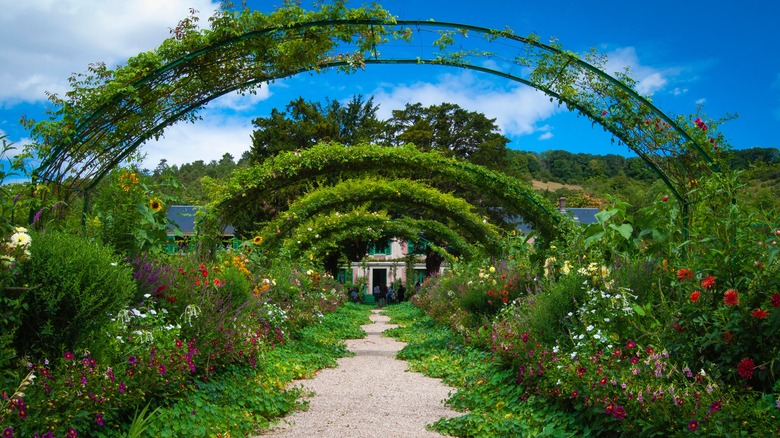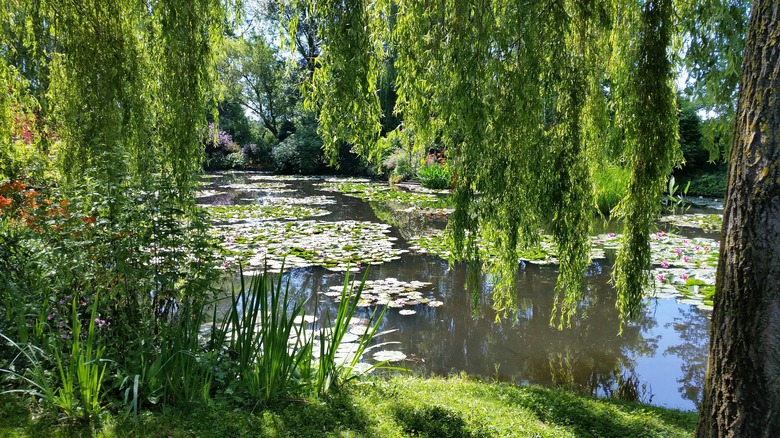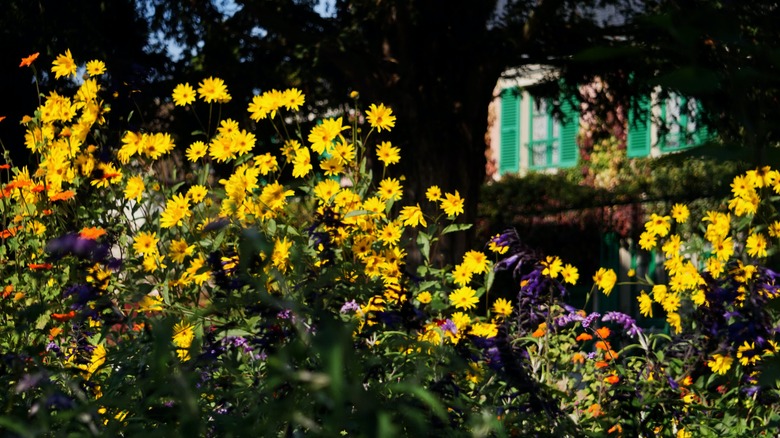How To Replicate Claude Monet's French Giverny Garden At Home
Claude Monet's French Giverny garden, with its vibrant flowerbeds, serene lily pond, and picturesque Japanese bridge, inspired some of his most celebrated impressionist masterpieces. Recreating the essence of Giverny in your garden is a delightful endeavor that allows you to immerse yourself in the colors, scents, and serenity that Monet once cherished. One of the key elements in replicating Monet's garden is careful plant selection and arrangement. Your garden should burst with a rich tapestry of colors, capturing the essence of his iconic paintings. Choosing a diverse range of plants with vibrant hues and varying bloom times is crucial to creating a dynamic and ever-changing display. From vivid blues and purples to soft pinks and sunny yellows, each carefully selected flower contributes to the overall impressionistic palette.
Another vital aspect of a Monet-inspired garden is the inclusion of water features. Monet's garden is renowned for its tranquil pond, adorned with floating water lilies and an elegant Japanese bridge. Constructing a small pond in your garden, complete with water lilies and perhaps even a decorative bridge, adds a touch of serenity and evokes the spirit of Monet's garden oasis. By understanding these key elements and applying them with care, you can embark on a journey to bring the magic of Monet's French Giverny garden to life in your backyard.
Location selection
Your chosen location should provide the ideal conditions to capture the spirit of Giverny's lush landscapes. Monet's garden thrives under the gentle, filtered light that plays through the trees. Look for an area that receives a balance of direct sunlight and dappled shade, mimicking the enchanting lighting conditions found in Giverny. Next, consider the available space in your garden for the water features and plantings. Monet's garden is recognized for its expansive pond and sweeping flowerbeds. While you may need to scale down, try to allocate enough space to create a sense of depth and showcase a variety of plants.
Understanding your garden's soil composition is vital for plant selection. Monet worked to attain fertile, well-draining soil that supported the abundance of flowers. Test your soil's pH level to ensure it can provide the necessary nutrients for your plants to thrive. Once you have selected the location, it's time to incorporate water features reminiscent of Monet's garden. Create a small pond or even a container water garden, ensuring it is proportionate to your available space. Consider adding water lilies, lotus, or other aquatic plants to evoke the ethereal beauty of Monet's pond. Incorporate a bridge or stepping stones across your pond or water feature to capture the same sense of serenity and visual appeal.
Recreating the impressionist palette
The grounds flourish with vibrant colors, textures, and varying bloom times, creating a dynamic and ever-changing landscape. To replicate Monet's garden and capture the essence of his art, choose a wide variety of plants that offer a range of colors, heights, and textures. Include a mix of annuals, perennials, and bulbous flowers such as irises, roses, poppies, sunflowers, delphiniums, and peonies to mimic the rich floral tapestry that characterizes Giverny. Monet's paintings are celebrated for their vivid colors. Select flowers that reflect the vibrant hues present in his artwork, such as shades of blue, purple, pink, and yellow. Aim for a balance of these colors in your flowerbeds to recreate the painterly effect. Consider using color-blocking techniques by grouping flowers of similar colors for visual impact.
Choose plants that flower at different times to ensure a succession of colors. Incorporate early bloomers like crocuses and tulips, mid-season flowers like daisies and geraniums, and late bloomers like asters and chrysanthemums. Include tall grasses, spiky flowers like irises, and climbers like clematis to add vertical interest. Combine these with lower-growing plants like pansies, petunias, and impatiens for a diverse and visually engaging arrangement. Intersperse different foliage textures like ferns or hostas to create depth and contrast. The result will be a living work of art, capturing the essence of Giverny's enchanting beauty right outside your door.


